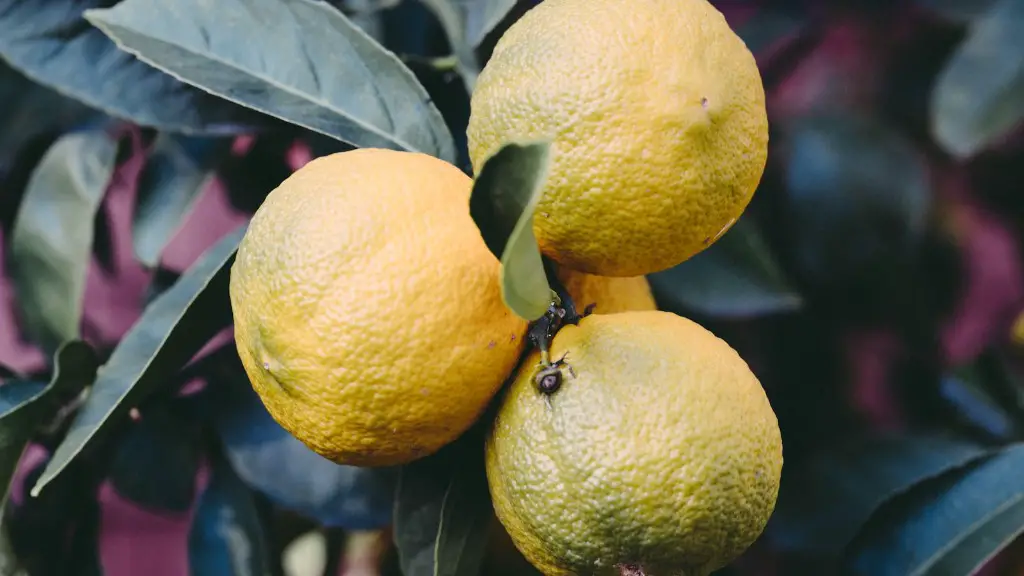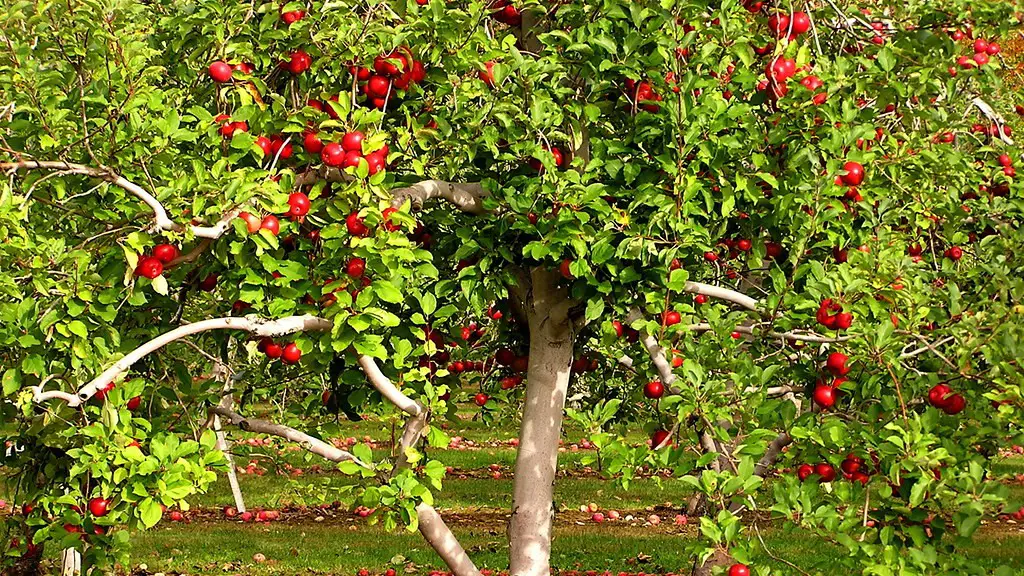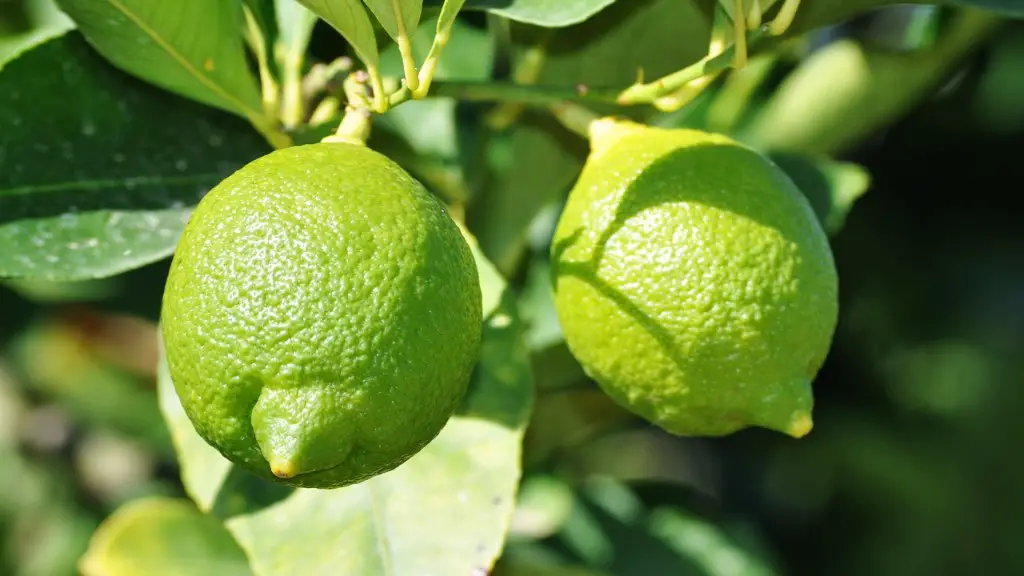The lemon tree is a popular choice for many gardeners and homeowners. Since growing a lemon tree may require some knowledge and effort, it is important to understand where to plant it in order to maximize success. In order to thrive, a lemon tree needs plenty of sunlight, good soil, warmth, and regular watering.
Lemon trees can be planted either directly into the soil or in a container. Planting a lemon tree directly into the soil allows for a deeper and more widespread root system which can provide stronger support to the tree. However, planting a lemon tree in a container allows for more control over the soil and environment for the tree.
When planting in soil, a critical aspect is to make sure the soil is well-drained and not waterlogged as waterlogged soil can suffocate roots of the tree. In addition, the site should receive at least 8 hours of full sun each day, while partial shade is acceptable. The soil should also be amended with natural compost and/or fertilizer before planting.
When planting in a container, the container can either be placed directly inside the garden or in a balcony or patio area. If planting inside the garden directly, the soil should be amended similarly to how it was done for a planted tree. If planting in a container, use a container that is large enough to sustain the tree, at least 2 -3 feet in diameter. Make sure to use a potting soil specifically made for citrus plants. Also make sure the container has plenty of drainage holes in order to avoid waterlogging. Lastly, be aware that container planting will require more frequent watering than soil planting.
When growing a lemon tree, pruning is also necessary in order to maintain the size, health and structure of the tree. As such, lemon trees should be pruned during the spring or summer to remove any dead, crossed or weak branches and to encourage healthy growth and increased fruit production. Additionally, pruning helps to establish a main stem and to control the height of the tree.
Watering
For both types of planting, it is important to understand that regular watering is essential for the health of the lemon tree. The tree should not be allowed to dry out and watering requirements will depend on the climate, however usually watering at least once to twice a week is generally sufficient. In addition, water should be applied at regular intervals in order to encourage deep roots and growth.
Fertilization
Fertilization of the lemon tree is just as important as watering. When fertilizing, use a fertilizer specifically for citrus trees that is high in calcium and nitrogen. In addition, fertilization should be done in the spring after the tree has started actively growing again and then again in summer. Furthermore, fertilizing in fall should be avoided in order to prevent growth of tender new parts of the tree in cold winter months.
Common Issues
Certain challenges may arise when growing a lemon tree. Yellowing leaves, branch die back or poor fruit production can often indicate a nutrient deficiency. In particular, a nitrogen or potassium deficiency may be responsible for the symptom. A soil test can help to identify any nutrient deficiency in the soil. Additionally, pests or diseases can also become an issue, so it is important to monitor the tree closely.
Protection During Winter
In climates with cold winter weather, special protection may be required for the tree, particularly when growing in a container. To ensure proper protection, simply move the container to a preferably exposed sites such as a balcony or terrace and provide additional insulation such as wrapping the tree with burlap and covering the pot with a blanket.
Shade for Young Trees
In areas with very hot summers, it is important to provide shade for the lemon tree. Young trees should be provided with some shade from the heat of the day, either from buildings or other trees and shrubs. This helps to create a cooler environment and helps to protect the young tree from the direct sunlight. Shade can also be provided with a sun shade cloth or with a shade cover made of light colored material.
Limiting Heavy Fruiting
Fruit production in lemon can be very heavy which can be detrimental to the health of the tree and might decrease the lifespan of it. To prevent this, it is important to keep a close eye on the amount of fruit the tree is producing and to thin out the fruit regularly in order to reduce the amount of fruit on the tree. This will help to prevent the tree from becoming too overburdened and help to ensure a healthy and productive tree.
Diseases and Pest Control
Certain pests and diseases can cause serious damage to a lemon tree. To help keep the tree in good health, regular inspections should be carried out in order to spot signs of pests or diseases. If any signs are detected, appropriate measures should be taken quickly in order to minimize damage to the tree. This may include pruning, spraying or treating with appropriate chemicals in order to eliminate the pest or disease.



